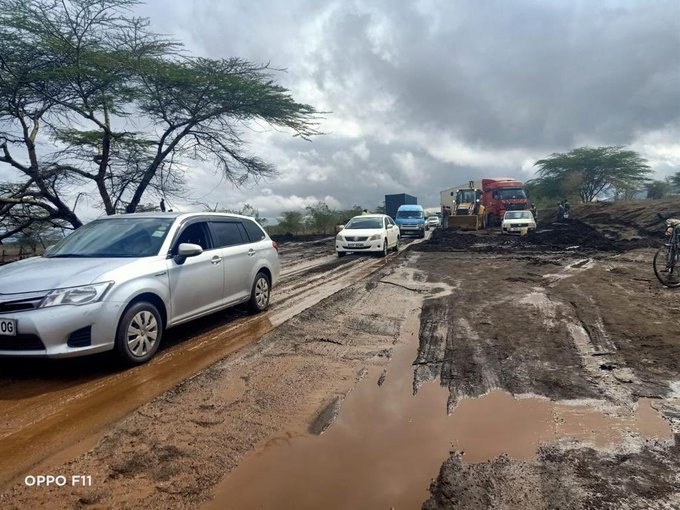As technology keeps advancing each day, it makes life easier but also poses significant risks to users’ safety and well-being in society.
The internet and mobile technologies have opened new avenues for people to interact, exchange resources and experiences, and shape communities.
Nevertheless, they have also provided instruments and ecosystems for the replication of the perpetration of violence against women online, referred to as Technology Facilitated Gender-Based Violence (TF GBV).
A rapid survey conducted by the Collaborative Center for Gender and Development (CCGD) in partnership with the University of Nairobi Women’s Economic Empowerment (WEE) Hub with support from the United Nations Population Fund (UNFPA) revealed that the prevalence of digital media in people’s lives, gender-based violence has moved online.
The survey highlighted that perpetrators of TF GBV have adopted the tools of technology to broaden the scope of violence they enact against their victims.
Abusers are using technology to spread misinformation, hate campaigns, and harassment based on gender and intimate partner violence, among other harms.
This form of GBV is carried out using the internet and modern technology.
It includes stalking, bullying, sexual harassment, defamation, hate speech, and exploitation and is mainly triggered by revenge, jealousy, political agenda, anger, sexual desire, monetary needs/desire, and ideological agenda.
TF GBV can also be a manifestation of power dynamics, such as sexism, misogyny, or other forms of discrimination.
According to the survey, these power imbalances if left unaddressed spill over into physical spaces, reinforcing existing inequalities and contributing to offline violence.
The study found that TF GBV is rooted in discriminatory attitudes, beliefs, and institutions that promote sexist gender norms.
The forms of TF GBV are wide and varied, and, like other forms of GBV, can be sexual, emotional, psychological, and economical and can result in physical harm.
The survey said that women and girls are disproportionately impacted.
According to the UN Women, one in three women is likely to encounter physical and sexual violence at some point in her lifetime.
The report said that 35 per cent of women globally have faced either physical or sexual violence at some point in their lives.
From the research findings, some of the triggers of TF GBV commonly identified were personal conflicts at 20.3 per cent, revenge/anger at 17.4 per cent, jealousy at 16.8 per cent, sexual desires at 10.2 per cent and online anonymity at 8.5 per cent.
The findings established different impacts on victims of TF GBV with 38.7 per cent reporting psychological impacts, 32.2 reporting social impacts, 14.7 per cent reporting economic impacts and 14.4 per cent reporting physical impacts.
The study found that among victims who encountered TF GBV, the majority responded by seeking social support services at 44.9 per cent seeking intervention from digital platforms at 30.1 per cent and seeking legal support services at 15.5 per cent while those who took no action were 9.5 per cent.
The study recommended integrating of TF GBV into police training curricula to raise awareness and equip officers to handle the cases.
The organisations also want constant training and capacity building for the police, prosecutors, judges, magistrates and DCI officers to address TF GBV.
There is a need for tertiary institutions to develop an advocacy and public awareness strategy for addressing TF GBV.
Institutions should plan and implement consistent and informative student-centred awareness campaigns, sensitisation forums and open talks to raise functional awareness about TF GBV.
The study was conducted in Nairobi between September 29 and October 12, 2023, at the University of Nairobi, Zetech University and Kabete National Polytechnic.
A total of 723 respondents (5 married, 717 single) were interviewed from the general survey, six focus group discussions and 24 key informant interviews.
A total of 424 females and 299 male respondents aged between 20 and 25 were interviewed with each institution accounting for 33.3 percent of the total sample (241 respondents).
The students were randomly selected from all the faculties to give everyone an equal chance of participation, reduce bias and ensure equal representation of the population.











